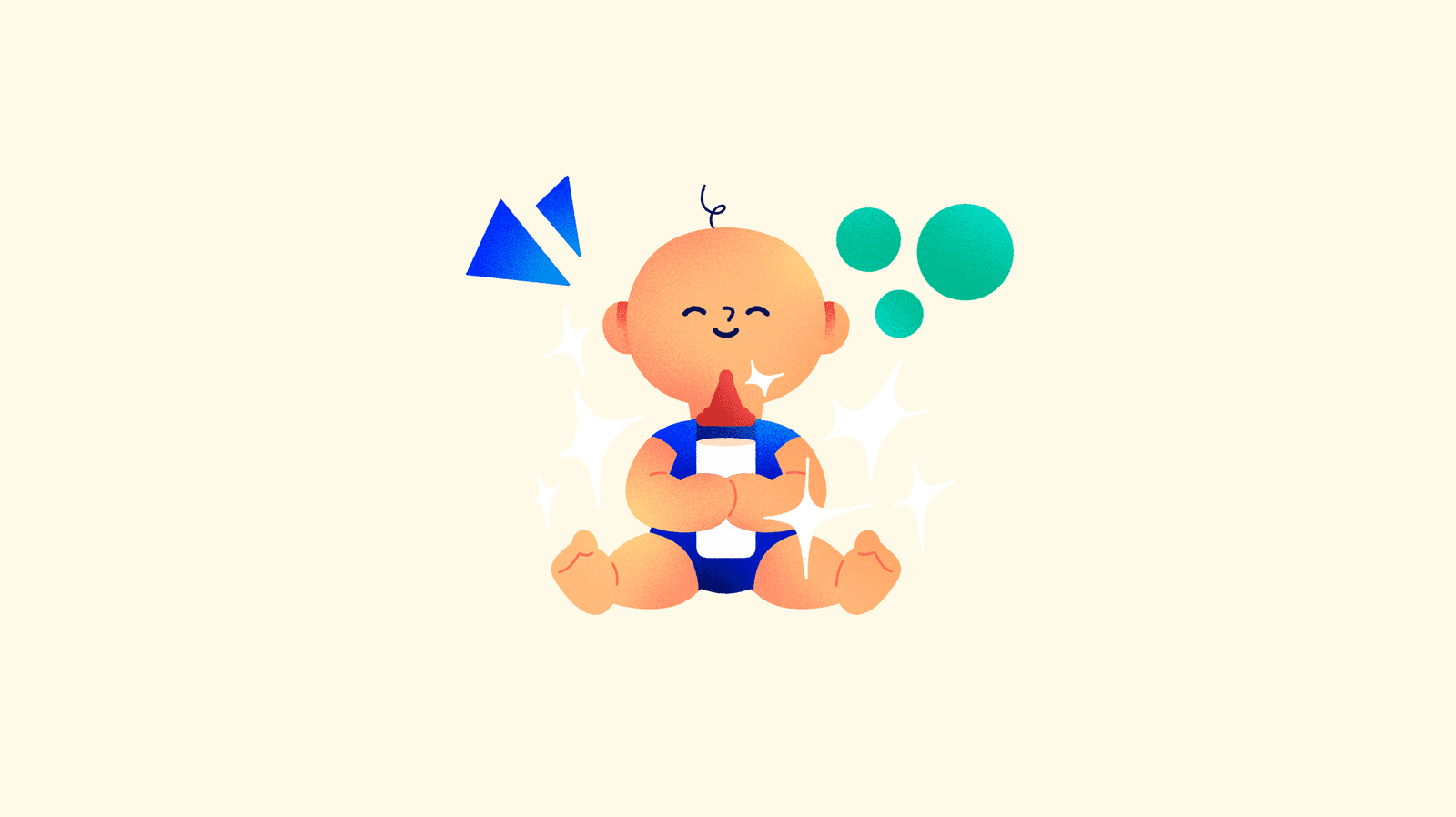
The ecommerce of baby products is probably one of the biggest challenges between manufacturers and retailers. Very large catalogues, with a wide variety of product categories, from textiles to food, and a high level of competition due to the rise of online shopping among parents.
The key, as in any industry, is to deliver a superior product experience that meets the demands of the modern digital shopper
Ease of browsing
Parents have a thousand things on their minds. The last thing they want and need is to spend hours choosing a bottle or comparing prams. The simpler and cleaner the online shop or catalogue of baby products is, with a simple and friendly language, the more they will trust it for two reasons:
- The trust that a clear and transparent website transmits, offering all the information in an intuitive way.
- Positive visual sensations, which have to do with hygiene, order and absence of discomfort.
For example, in buybuyBABY website it is remarkable that from its front page it includes a well-categorised menu, divides bu categories or activities, the main step of any product catalogue.
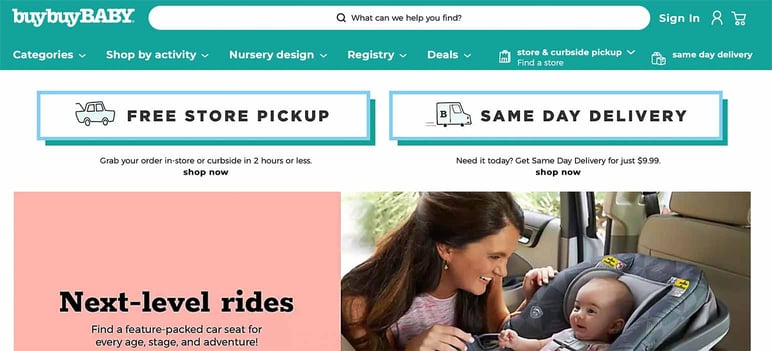
Moreover, this type of manufacturers and retailers handle a very broad spectrum of products, ranging from prenatal and maternity products to 12-year-old children, clothing, electrical appliances, toys or food. All of them are categories with very different fields and specifications. See how Maisonette highlights these product categories in a very original and intuitive way:

Gathering and organising so many items and their corresponding variants (children's products are often available in many colours, sizes, combinations...), is key to a pleasant online shopping experience.
PIM (Product Information Management) systems provide the technology to centralise the entire baby product catalogue and share it on the right channels, both with retailers and end customers.
Essential and reliable product data
Parents don't want to spend time researching products, let alone checking that they are safe for their children.
Baby product data sheets should include all mandatory and clarifying information on recommended age, composition and materials, uses and maintenance, and any other data that ensures a correct purchase and, above all, a safe application.
On its product pages, Lalo includes a technical description and more useful information for shopper, such as the recommended age for the product, and different colours available.
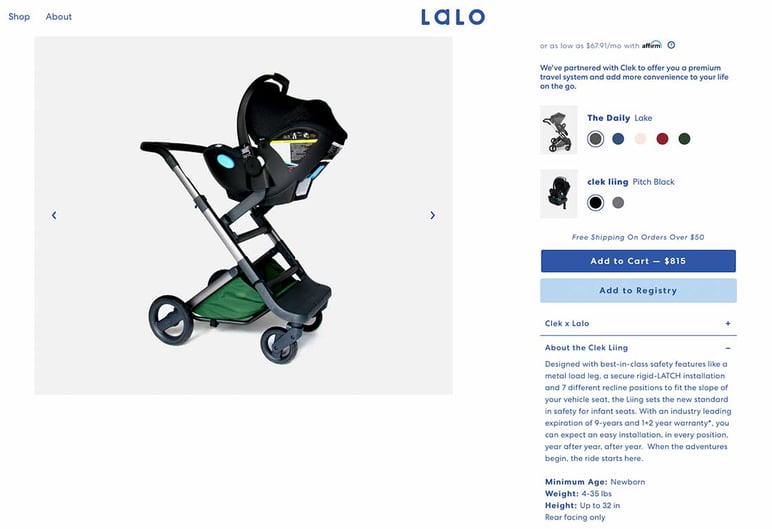
Remember that in the case of baby and children's products it is very important to highlight seals of quality and clarifications about the absence of dangerous components, and to highlight the brand name in the case of retailers, as some inspire immediate consumer confidence.
Quick and flexible shopping
Another added difficulty for parents is the lack of time to go shopping. The digital channel has made this task much easier with the possibility of consulting online catalogues and ordering deliveries directly to the home.
A simple customer experience: every product page should include the keys to making a purchase decision, from the varied product photos to the brand logo, price, options to buy online and in nearby shops with available stock, return policy and payment conditions, like in this aden + anais product page:
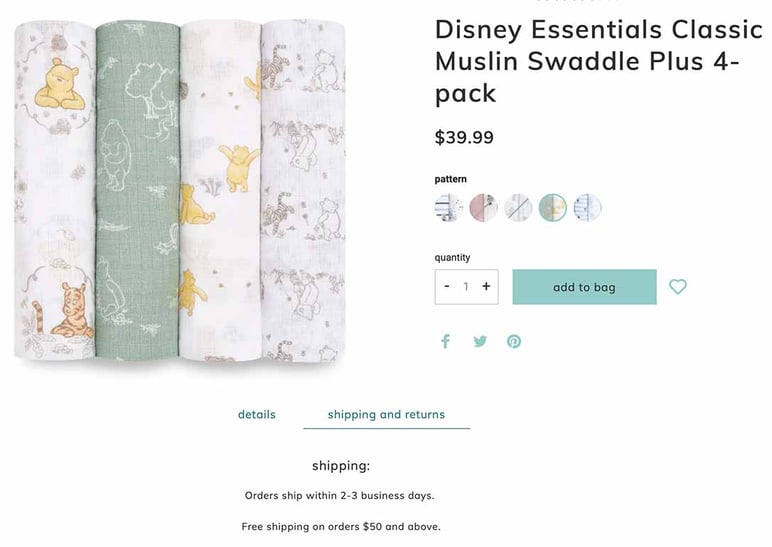
Be careful with your product images! Include a diverse catalogue, which also shows fathers and not just white mothers, to represent the real world and the diversity of potential buyers.
Rich and educational content
On the one hand, rich product content is essential for every product. This means including as much descriptive data about the item as possible, not just its name and price.
The PIM platforms that we have discussed allow you to analyse the quality of the product information and complete it so that the catalogue stands out more in online searches and from the competition. This is especially important if a manufacturer wants to sell and position its products in marketplaces such as Amazon or retail websites such as Prenatal. The more complete the information you pass on to retailers, the better brand image you will get everywhere.
But on the other hand it is also useful to include educational content, which can be developed by both brands and retailers. Parents, especially if they are new parents, appreciate all the help they can get in knowing what products they will need and how to choose the best ones depending on the baby, age and other factors.
On Maisonette's website are linked lots of blog posts that cover multiple interests for parents, from most recommended items and the latest fashion trends to advice around educating and rising children.
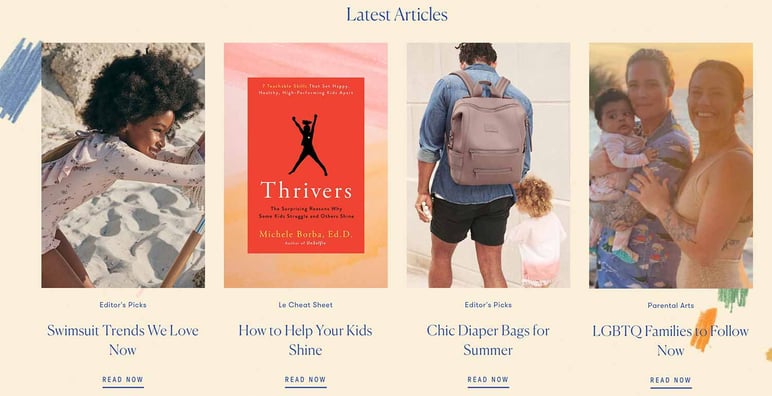
Moreover, they favour cross-sell and upsell, by pointing out accessories that they may overlook when looking for a specific product, such as a children's bathtub, or evaluating the possibility of buying a basket that is better equipped than the one the buyer had in mind.
Loyalty: the brand grows with the baby
Finally, the advantage that baby brands and retailers have is that they can stay with their customers for many years. From before birth to around 12 years of age, the catalogue of children's products is so extensive that it opens up a very attractive window of opportunity for customer loyalty.
Remember that parents don't want to spend extra time looking for brands and shops and constantly changing options. If the experience you offer is good, they are likely to stay loyal to your brand for a long time and even throughout their child's growth.
However, strategies must be put in place to encourage that attractiveness. Apart from educational content, videos, reviews and social media posts attract a lot of engagement and build trust in the brand. The brand Pipette dedicates a whole section of its online shop to highlight and collect this type of product marketing content:
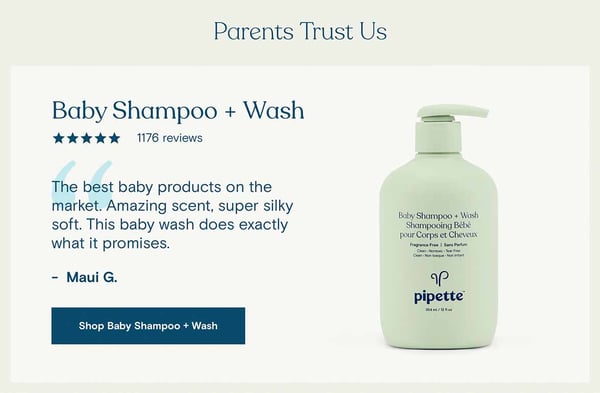
And, of course, every parent always has an eye on spending. Baby products are often expensive in relation to the short time they are used, so it's imperative to incentivise loyal customers with discounts, promotions and exclusive clubs, like the box of goodies offered by BabyList after registration:
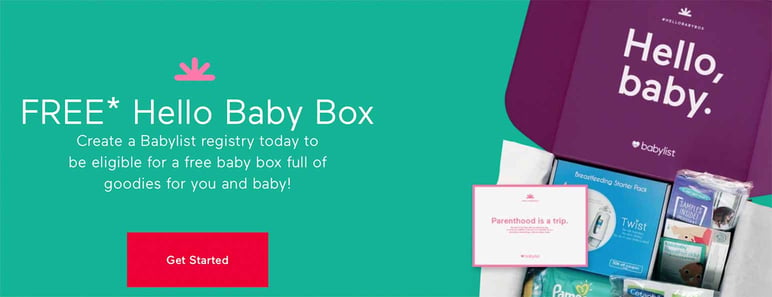
If your baby products brand or retail website is still in nappies, perhaps it is because it needs a good catalogue structure and quality content to ensure online positioning and attract loyal customers.
Improve your shopping experience with PIM, which you can try for free with Sales Layer, and ask us for examples if you need to see how the platform adapts to a baby catalogue and all the possibilities it offers your business.









